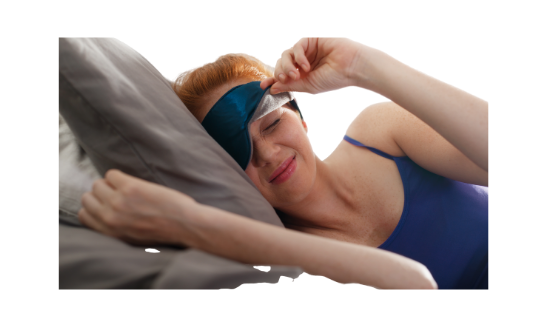PAP Therapy

Positive Airway Pressure Therapy (PAP)
The most common form of Sleep Disordered Breathing (SDB) therapy is Positive Airway Pressure, or PAP, therapy. This consists of wearing a nasal or facial mask during sleep, which is attached by a long, flexible hose, to a PAP machine. The PAP machine delivers pressurized, heated, and humidified room air through the mask to your upper airway.
PAP therapy holds the airway open and eliminates snoring and all other forms of SDB. Since PAP therapy is so successful, has few to no complications, and has been used clinically for over 20 years, it currently is the treatment method of choice for most patients. There are two basic types of PAP machines: Continuous PAP, or C-PAP and bi-level PAP, or Bi-PAP.
CPAP
Current technology allows doctors to prescribe therapies that eliminate sleep apnea using a simple device called Continuous Positive Airway Pressure, or CPAP.

“Sleep apnea requires nightly therapy to reduce the risks of serious medical diseases”
The pressure stabilizes vibrating muscles in the upper airway that cause snoring, allowing deep, uninterrupted sleep. Many patients who begin CPAP treatment are skeptical that they can sleep with a “mask” fitted over their nose. This attitude often shifts once they realize how much better they feel, how much healthier they are and how much more comfortable their sleep becomes. However, if you simply cannot sleep with a mask, there are other treatments for sleep apnea and snoring which could help. It is important to remember that sleep apnea requires nightly therapy to reduce the risks of serious medical diseases, plus a sleep medicine support team that communicates with you on a regular basis to ensure your long-term success.
BI-LEVEL THERAPY
Bi-Level therapy is often used for patients unable to tolerate CPAP therapy and also can be used to treat more than just sleep apnea. The Bi-Level machine is specially calibrated to administer multiple air pressures on inhalation and exhalation.
Since multiple pressure settings specially calibrated to each patient’s needs can be set on a bi-level machine, patients are able to get more air into, and out of the lungs without the normal muscular activity needed to do so.
Additionally, bi-level therapy is used in treating central sleep apnea which is a sleep disorder characterized by failure of the brain to signal the chest muscles to breathe.
“Bi-level PAP therapy is also useful for patients diagnosed with congestive heart failure and different types of lung disorders”
Bi-level PAP therapy is also useful for patients diagnosed with congestive heart failure and different types of lung disorders, particularly patients who have above normal carbon dioxide levels.

